This triple-braid necklace made using seed beads from the PRECIOSA Traditional Czech BeadsTM can be worn as a must-have, popular accessory for daily use, but it is also sure to impress when worn with eveningwear. Preciosa Ornela presents a tutorial on the use of the effective plaiting of seed bead strings.
She is able to switch from luxurious and extravagant fashion show pieces to the preparation of hobby projects,
Learn More331 29 001; 10/0; 17140 brown; 25 g
(R)
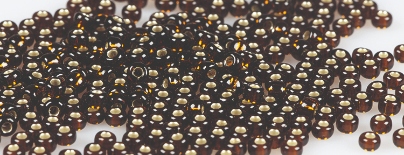
331 19 001; 10/0; 78141 grey; 25 g
(R)

331 19 001; 10/0; 07631 pink; 25 g
(R)
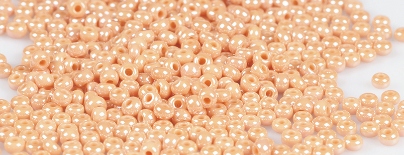
331 39 001; 10/0; 18581 gold matt; 25 g
(R)
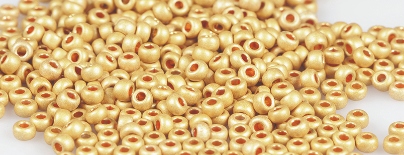
You can use a larger amount (for example rocailles in 50 g bags) for faster and simpler stringing
331 19 001; 8/0; 07631 pink; 6x
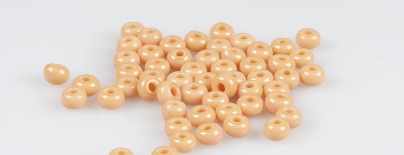
Metal parts: any metal finish, long eye pins, caps, a large triple fastening or a triple frame with a car-abiner and an adjusting chain, small rings or ovals
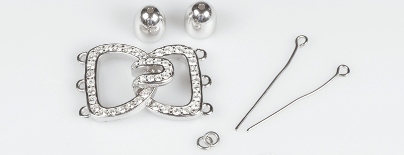
Textiles: medium strength thread, a similar shade to the used materials (for example, grey, pink, yellow, brown)
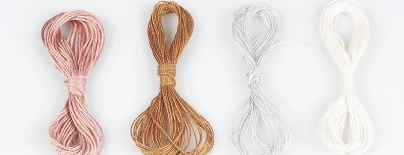
Scissors, needle nose pliers, a ruler, 8x clips, small pieces of paper
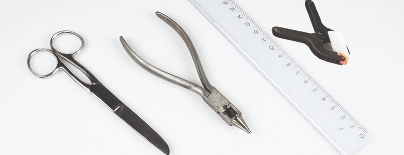
The necklace consists of three rows, each of which has been plaited from 8 strung rocaille strings. Use four rocaille colours. Always string two strings in one colour onto a long thread with free ends. Small spaces appear between the rows when the necklace is hung on the neck.
Share this project with your friends